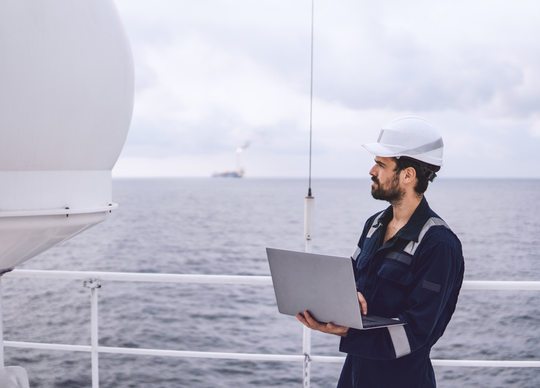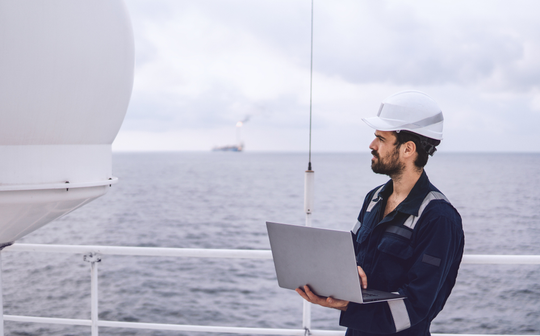
Pacific International Lines (PIL) is installing satellite communication, or VSAT, on its entire fleet of around 100 vessels. Singtel, Asia’s leading communications technology group, is one of the partners providing PIL with communications and cybersecurity solutions for 33 vessels in PIL’s fleet. Such enhancements are part of PIL’s digitalisation efforts to continually improve productivity on board its vessels, and to enhance the well-being of its seafarers.
“As a progressive company, PIL is constantly looking for ways to achieve business excellence and optimise operational efficiency. With a fleet of around 100 vessels and over 4,000 seafarers, we recognise the benefits which digitalisation brings. With the reliable VSAT service, we are able to further digitalise our ship management practices, such as implementing predictive maintenance of machineries on board our ships. This is done through transmission of data from ship to shore for real-time data analysis to monitor machinery performance, predict failures and recommend maintenance windows.
“In addition, the welfare of our seafarers is of utmost importance to us, and having robust internet connection onboard our vessels allows our crew members to stay connected with their family members while they are at sea. We believe this contributes greatly towards the well-being of our seafarers,” said Mr Goh Chung Hun, General Manager, Fleet Division, PIL.
Mr Ooi Seng Keat, Vice President, Carrier Services, OTT and Satellites, Group Enterprise at Singtel said, “The maritime industry has been impacted by the pandemic and during this time, we have seen the demand for quality and consistent maritime communication skyrocket. With our expertise in communications and technology, we are excited to be working with Pacific International Lines to modernise their VSAT communication infrastructure and be able to help seafarers keep connected through essential crew wifi and internet communications that is crucial for open-sea communications.”





